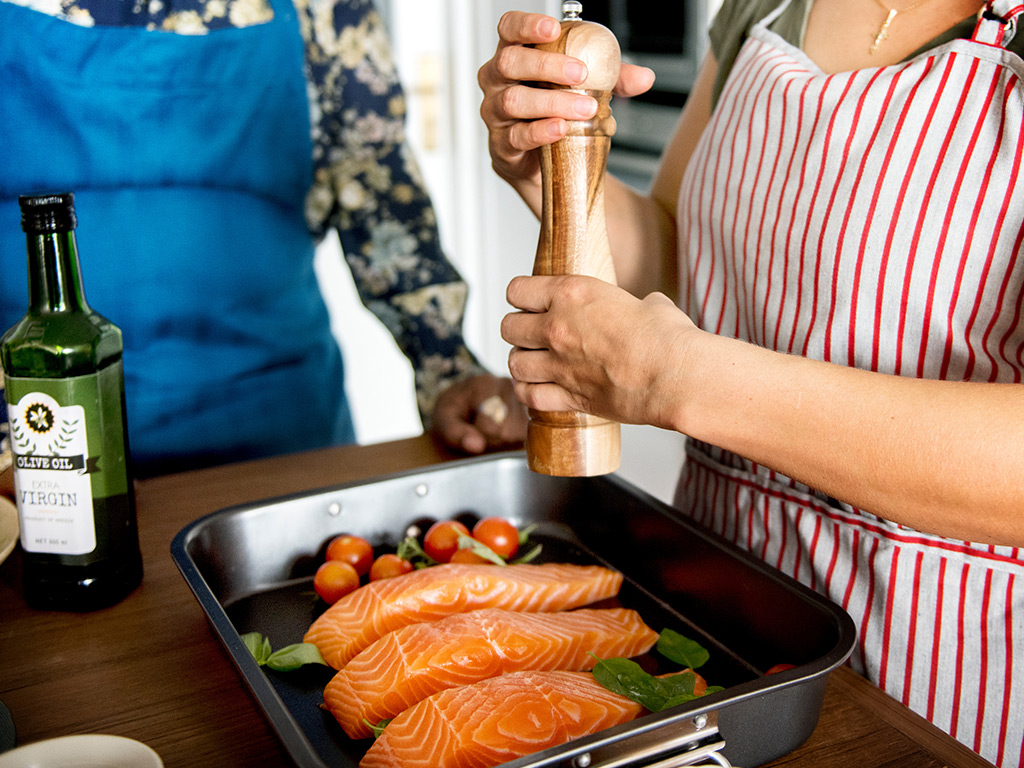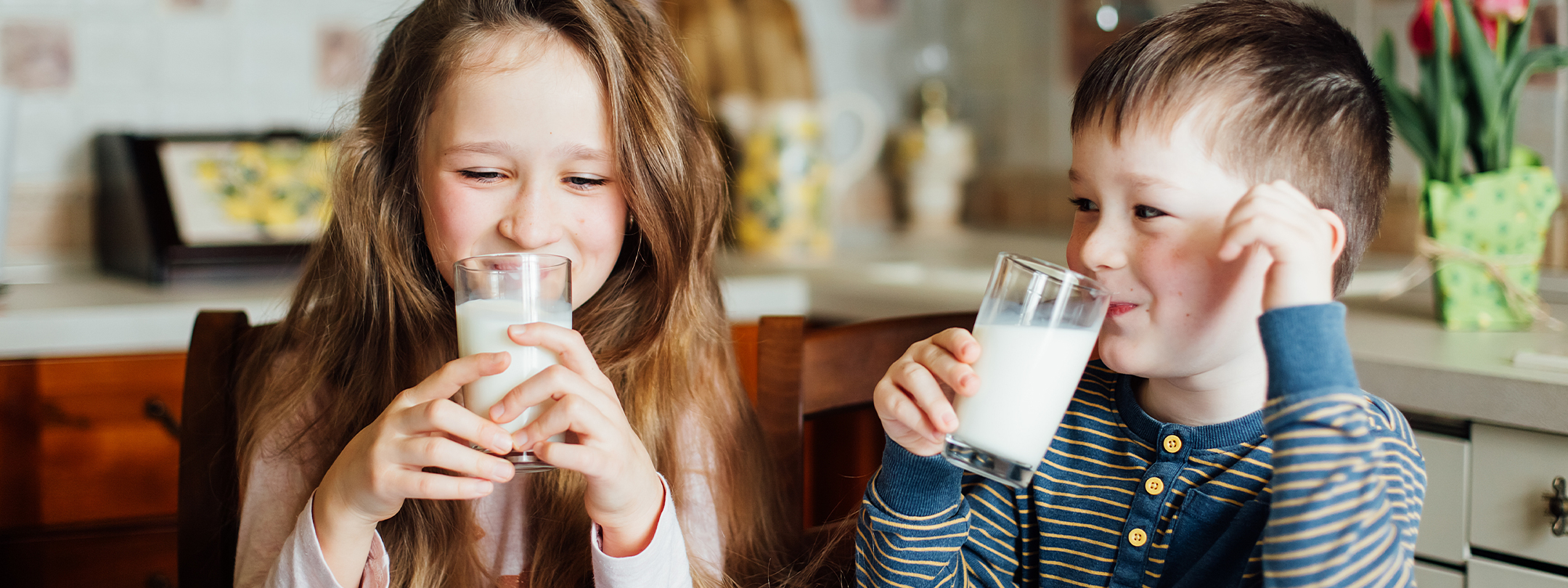Although hydration is always important, it’s especially important during the hotter months when your children are sweating. But not all drinks are created equally—and you should watch out for these sneaky beverages when hydrating your little ones:
SPORTS DRINKS
Sports drinks are marketed as a healthy way to stay hydrated, but on average, a 32 oz. bottle of a sports drink can have 19 teaspoons of sugar. That’s nearly ¼ cup sugar, and since most children would rather get their sugar intake from candy and treats, keep it out of their source of hydration.
SODA
This is no surprise, but soda is also packed with sugar—the average can of soda (12 oz.) has nearly 10 teaspoons. To put this in perspective, children ages 7 to 10 should have no more than 6 teaspoons of sugar in an entire day. They are surpassing that recommendation with just one can.
JUICE
Not all juice is bad, but even if you’re only drinking 100% fruit juice, keep in mind that it’s packed with calories—mostly from sugar. Drinking fruit juice isn’t equal to eating fruit in its raw form for several reasons, one being that juice doesn’t have essential fiber like a whole piece of fruit.
So, what should they be drinking instead?
Use these as your go-to beverages:
WATER
Not surprisingly, the healthiest way to stay hydrated is good ol’ water, yet the average American doesn’t drink enough. Adults should drink eight cups of water a day, children ages 5 to 8 should drink five cups, and children ages 9 to 12 should have seven.
Getting enough water is critical for your child: it decreases headaches and can help combat tiredness.
FRUIT-INFUSED WATER
If your child gets tired of drinking plain water, try adding some excitement to it with mint leaves, berries, cucumbers, or apples. Letting them soak in the water will release flavor, and if they like it, you can buy infusion water bottles that come with a tube down the center to hold the fruits in place while they add flavor.
MILK
Milk does the body good—particularly the bones. But, the average teenage girl doesn’t get as much milk as she needs. The U.S. Department of Agriculture recommends children get 2-3 cups of milk every day. Include a serving of milk when your child has breakfast, lunch, and dinner.
Chocolate milk is touted as a good choice for a post-workout recovery drink, but keep in mind it has added sugar that plain milk doesn’t. This should be offered in moderation and not as a regular substitute for the original.
For those sensitive to cow’s milk, some milk alternatives are fortified with calcium—almond, rice, and soy milk may be good options.
COCONUT WATER
Make your child the most on-trend kid by sampling some coconut water on occasion. Coconut water provides potassium and electrolytes, but it has natural sugar, so it shouldn’t be a regular replacement for plain water.
GREEN SMOOTHIES
Some store-bought smoothies are laden with hidden calories, but you can create healthy versions by making them at home. Adding in a serving of veggies like spinach or kale will balance out the calories, provide vital nutrients, and create a delicious beverage that your child will like. If you’re new to making green smoothies, we’d recommend starting with this recipe.
MAKE IT A HEALTHY HABIT
Try creating a schedule where your child can easily remember to get the liquid they need, such as taking a big drink of water right when they wake up, or having a cup of milk or water with every meal. You can help your child start healthy habits just by being an example—show them that choosing healthy drinks is important to you and they’ll catch on. Creating the habit early in life will help your child stay on a healthy path.
Related Articles



